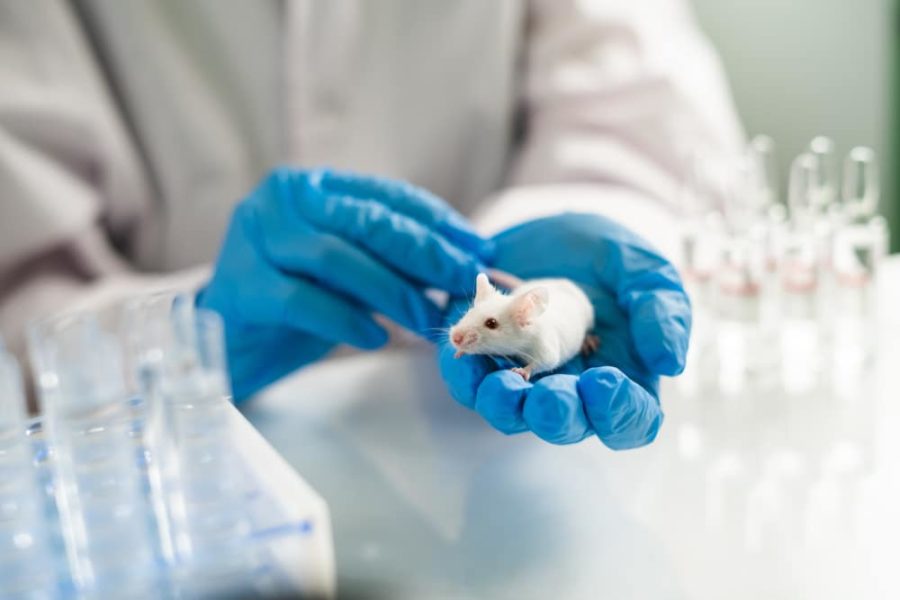
CBGA more effective than CBD for seizures, study of mouse findings
Researchers in Australia say they discovered the “mother of all cannabinoids” and it is not THC or CBD. For the first time, a study reports that three acidic cannabinoids in cannabis, particularly cannabigerolic acid (CBGA), reduced seizures in a mouse model of Dravet syndrome, a persistent form of childhood epilepsy.
The three acidic cannabinoids – CBGA, cannabidivaric acid (CBDVA), and cannabigerovaric acid (CBGVA) – “may contribute to the effects of cannabis-based products on epilepsy in children” and have been described as having “anticonvulsant potential”. However, CBGA showed the greatest potential for certain anticonvulsant effects.
“Cannabis extracts have been used in Western medicine to treat seizures since the early nineteenth century, but the cannabis ban hampered the advancement of science,” said Associate Professor Jonathon Arnold of the Lambert Initiative for Cannabinoid Therapeutics and the Sydney Pharmacy School. “Now we can investigate how the compounds of this plant can be adapted for modern therapeutic treatments.” The study was recently published in the British Journal of Pharmacology.
CBGA is the precursor molecule of CBDA and THCA, which converts into THC and CBD, among other things. CBGA is part of a protection system for cannabis that is produced by trichomes and causes targeted plant cell necrosis – a natural self-pruning so that the plant can concentrate its energy on flowering.
“We found that CBGA was more effective than CBD at reducing febrile-induced seizures in a mouse model of Dravet’s syndrome,” said the study’s lead author, Dr. Lyndsey Anderson. “Although higher doses of CBGA also had proconvulsive effects on other types of seizures, suggesting a limitation of this cannabis ingredient. We also found that CBGA affects many epilepsy related drug targets. “
Fighting Dravet Syndrome With CBGA
The mission of the Lambert Cannabinoid Therapeutics Initiative team is simple: to develop better cannabis-based treatment for Dravet syndrome, a stubborn form of epilepsy in children.
In 2015, Barry and Joy Lambert made a major donation to the University of Sydney to advance scientific research into medical cannabis. Barry and Joy’s granddaughter, Katelyn, has Dravet syndrome.
“After using hemp oil for treatment, we got our daughter back. Instead of constantly worrying about seizures, we hoped that our daughter could lead a life worth living. It was like the sound had disappeared from her head and she was able to wake up. Today Katelyn is really enjoying her life, ”said Michael Lambert, Katelyn’s father.
To find out more, research must be continuous. “Our research program systematically tests whether the various components of cannabis reduce seizures in a mouse model of Dravet syndrome,” said Associate Professor Jonathan Arnold. “We started by testing the compounds individually and found several cannabis ingredients with antispasmodic properties. In this latest article, we describe the antispasmodic effects of three rarer cannabinoids, all of which are cannabinoid acids. “
The entourage effect
Meanwhile, anecdotal evidence from cannabis users abroad suggests that the healing powers of cannabis are more than THC and CBD, although science is limited.
Families like the Lamberts have seen a significant decrease in seizures when children with persistent epilepsy take cannabis extracts, though the source makes big differences.
To aid the concept of the entourage effect, there are unknown benefits of lesser-known cannabinoids. Many people believe that the presence of terpenes and other compounds in cannabis makes it more effective.
Harvard Professor Dr. Lester Grinspoon said that it takes more than THC and CBD to get the full effects of cannabis. It should be called the ensemble effect, not the entourage effect, he said. Dr. Grinspoon believed that THC should be taken along with CBD and other phytochemicals to be more effective. Any chemical in and of itself does not behave as it does in nature, he believed.
Dr. Raphael Mechoulam is best known for his extensive work in the cannabis acids field, as is Dr. Ethan Russo. In 1996, Japanese researchers found that CBGA was a precursor to CBDA and other compounds.

Post a comment: